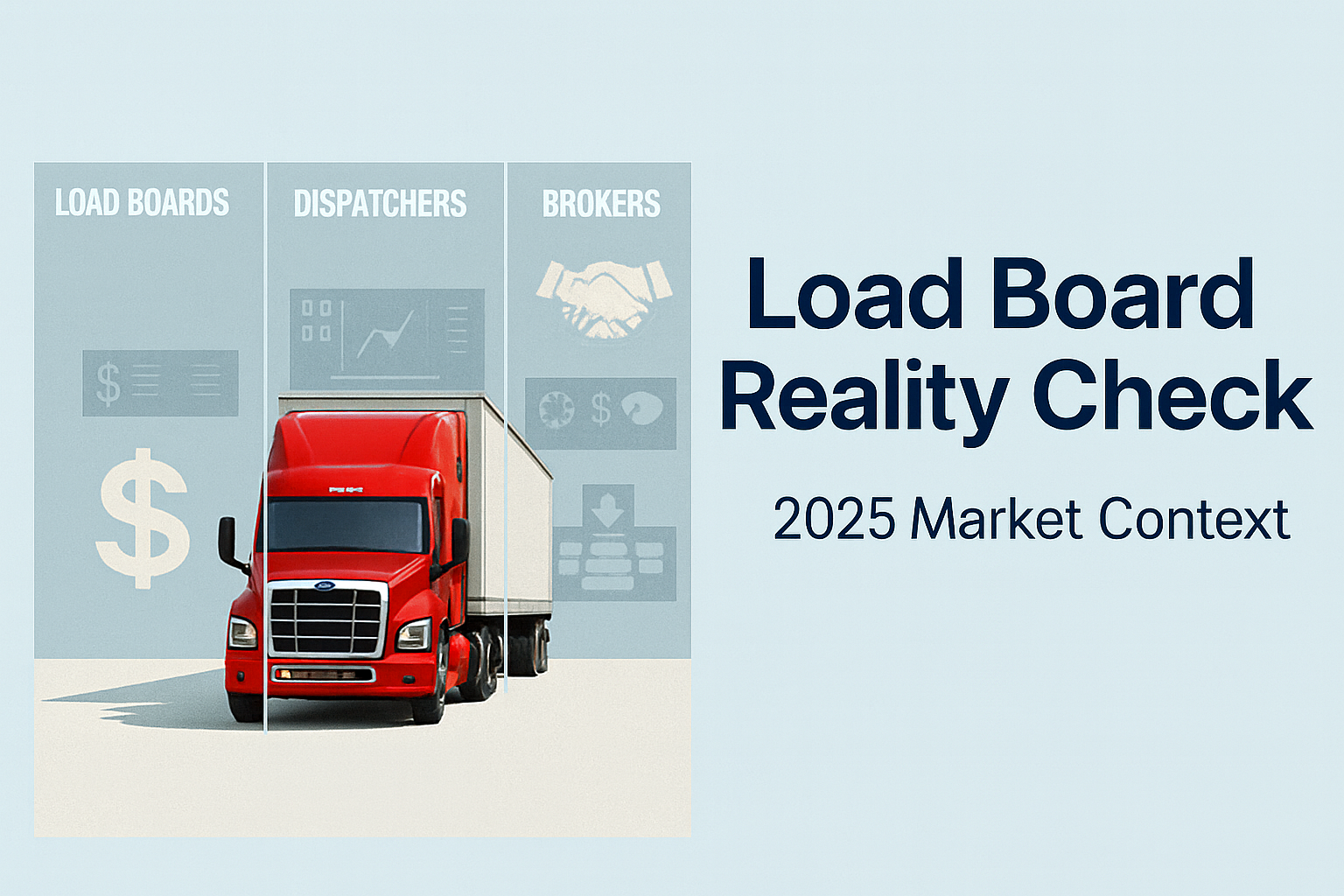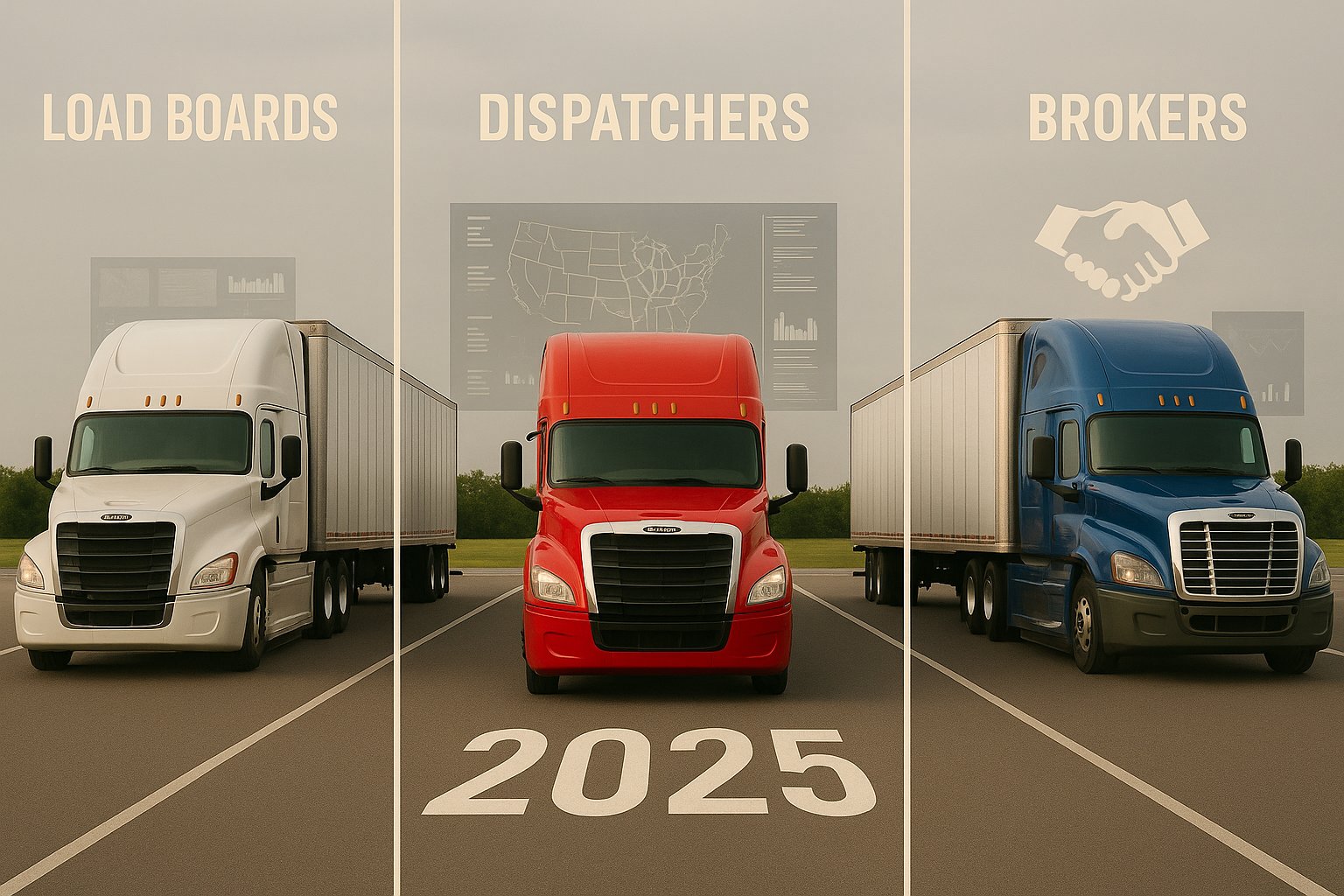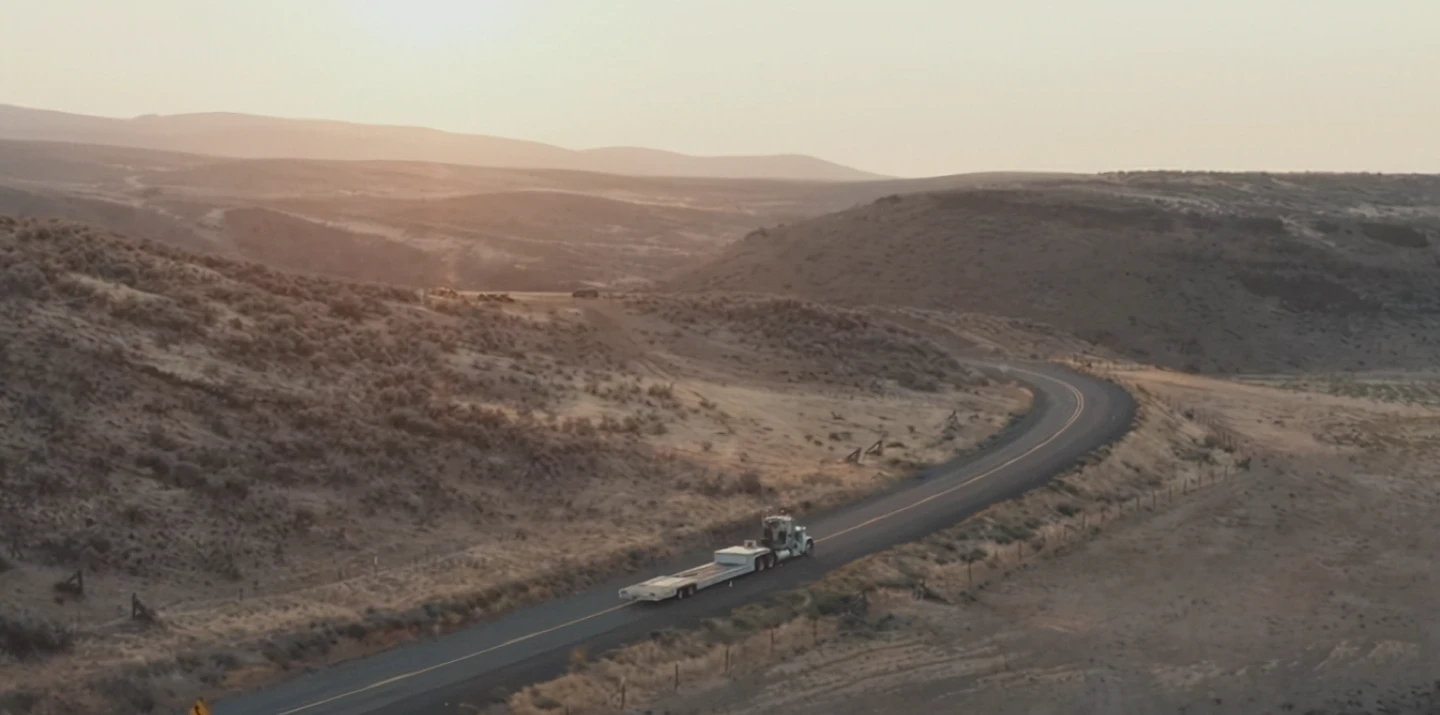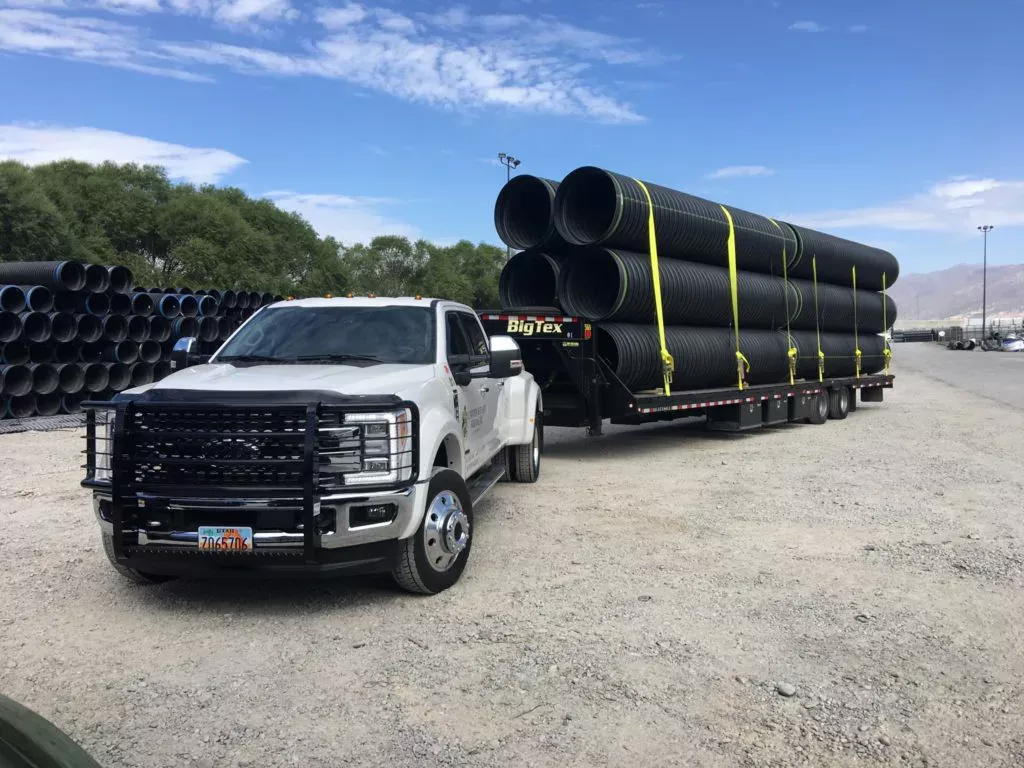
Hotshot trucking is a specialized service focused on the rapid delivery of urgent, smaller freight loads. Unlike standard shipping, it caters to time-sensitive Less Than Truckload (LTL) freight that must reach its destination without delay. To handle these expedited shipments, operators typically use medium-duty trucks outfitted with flatbed trailers, ensuring flexibility and speed for customers who can’t afford to wait.

Going Hot Shot: More Precise Overview
Hotshot trucking is a specialized service focused on the rapid delivery of urgent, smaller freight loads. Unlike standard shipping, it caters to time-sensitive Less Than Truckload (LTL) freight that must reach its destination without delay. To handle these expedited shipments, operators typically use medium-duty trucks outfitted with flatbed trailers, ensuring flexibility and speed for customers who can’t afford to wait.
Unlike traditional long-haul trucking, which focuses on moving large quantities of freight across vast distances, hotshotting is centered on fast deliveries over relatively short routes. Its appeal lies in the flexibility — drivers aren’t tied to rigid schedules or fixed lanes, giving them more control over how and when they run loads.
Hotshot trucking is designed to keep businesses moving without delay. Companies often call on these drivers at the last minute to cover urgent deliveries and prevent costly downtime. Instead of hauling massive loads across the country like traditional freight carriers, hotshot operators handle smaller shipments over shorter distances with faster turnaround times.
They usually select jobs through online load boards, giving them the freedom to choose assignments that fit their personal schedules. With no fixed routes or strict timetables, this style of trucking offers a level of flexibility that standard freight operations can’t match.
What Trucks Are Used in Hot Shot Hauling?
Choosing the right equipment is crucial in hot shot trucking, as your load types will determine the trucks and trailers you need. Before investing, consider both what you plan to transport and how much you’re willing to spend. The choice of vehicle and trailer not only impacts what you can haul but also influences ongoing maintenance expenses, so thoughtful selection is key to running a profitable operation.
Hotshot trucks come in various forms, including pickups, flatbeds, box trucks, delivery vans, and even small buses. They are generally grouped into these categories:
Class 3: these medium-duty trucks support weights between 10,001 and 14,000 pounds and have at least six tires.
Class 4: weighing in at 14,001 to 16,000 pounds, Class 4 trucks are on the heavier side but still considered noncommercial. If you plan to transport bigger loads, a Class 4 pickup could be a smart choice.Class 5: with a weight capacity of 16,001 to 19,500 pounds, Class 5 trucks include some of the lightest commercial vehicles.
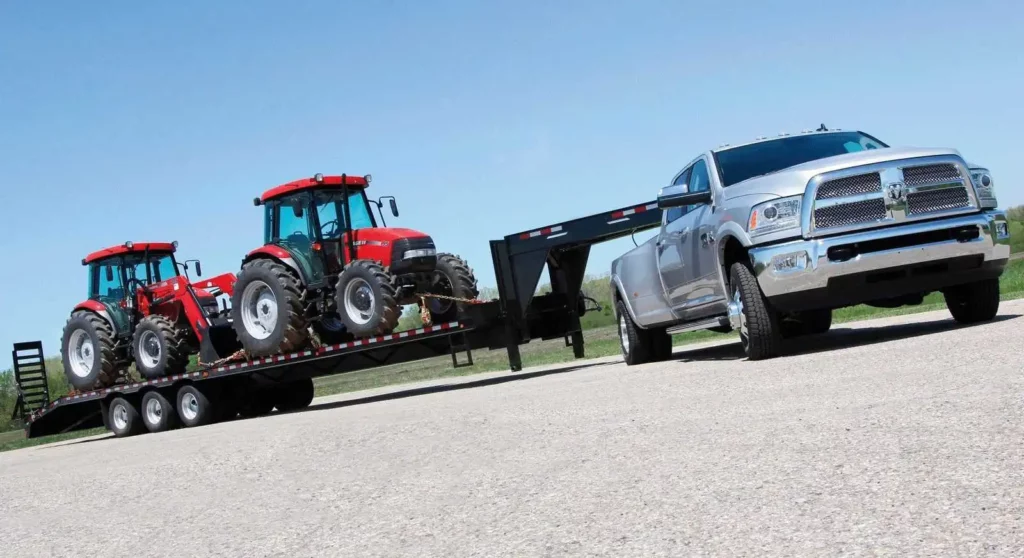
Why Consider Hot Shot Trucking?
Hotshot trucking offers a flexible, potentially lucrative opportunity for both side hustles and full-time work — provided you have the right equipment and approach.
- Flexible work: one of the biggest draws of hotshot trucking is the freedom it provides. You can tailor your schedule, choose the loads you want, and run your business on your own terms.
- Lower start-up costs: unlike traditional owner-operator trucking, which often requires an expensive Class 8 semi, hotshot trucking can be done with Class 3 to 5 trucks. These vehicles are far more affordable to purchase and insure, making them an accessible entry point for new drivers.
- High-paying deliveries: hotshot jobs frequently involve time-sensitive shipments, meaning shippers are willing to pay premium rates for fast, reliable service.
- Schedule control: you have the power to decide which loads to take and when to rest, eliminating the restrictions of forced dispatch and rigid routes.
Essential Tools for Hotshot Trucking
Before hitting the road, it’s important to equip yourself with the right tools. The proper gear helps you secure loads efficiently, plan profitable routes, and maintain your truck in peak condition. Here are the key tools every hotshot driver should have:
Load boards: a dependable load board is your gateway to consistent work. Platforms like Truckstop Load Board allow you to search thousands of loads in real time, compare rates, and connect directly with brokers. Using a quality load board helps maximize driving time and reduces periods of downtime.
Route planning tools: efficient routing is crucial for saving time and fuel. Route planning software helps you avoid low-clearance bridges, weight limits, road restrictions, and traffic delays, ensuring faster and safer deliveries.
Safety equipment: staying compliant with Department of Transportation regulations is essential. Keep your truck stocked with reflective triangles, wheel chocks, a first-aid kit, and a fire extinguisher. Adding a dashcam can also provide extra protection and evidence in case of accidents.
Maintenance tools: preventive maintenance prevents costly breakdowns. Regularly check and service your truck to keep it running smoothly and reliably, avoiding interruptions that can impact your earnings.
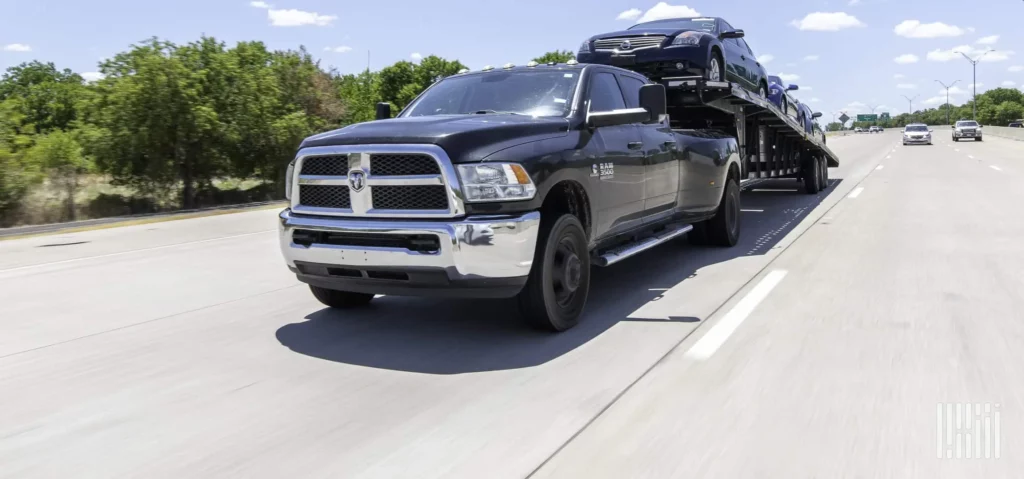
How Much Do Hotshot Drivers Make?
Hotshot trucking can be a profitable career path, with average annual earnings ranging from $45,000 to $64,000, depending on location and market conditions.
Your actual income as a hotshot driver will vary based on several key factors, including:
- Hours on the road – the more you’re willing to drive, the higher your earning potential.
- Type of equipment – reliable trucks and trailers suited for specific loads can help you command better rates.
- Operating region – pay rates differ by state and region, depending on demand and competition.
- Load availability – more freight opportunities mean more chances to generate income.
- Freight type – specialized or high-priority loads often pay more.
- Experience level – seasoned drivers typically earn higher rates due to efficiency and reputation.
- Fuel costs – fluctuations in fuel prices can significantly affect your net earnings.
- Negotiated rates – what you charge per mile or per load directly impacts your profitability.
- Business expenses – insurance, maintenance, and other operating costs reduce your take-home pay.
In short, your success in hotshot trucking depends not only on how much you work but also on how strategically you manage your equipment, routes, and expenses.
To Wrap Up
When it comes to efficiently finding loads for hot shot trucks, Logity Dispatch is a great solution. Hotshot trucking stands out as a unique blend of speed, flexibility, and independence in the freight world. It offers lower entry costs than traditional trucking, the ability to handpick loads, and the chance to earn competitive pay while maintaining control over your schedule. However, success in this niche requires more than just a truck and trailer — it calls for smart planning, the right equipment, and careful management of expenses.
For drivers who value freedom on the road and enjoy the challenge of meeting urgent deadlines, hotshot trucking can be both rewarding and profitable. Whether you’re exploring it as a side hustle or aiming to build a full-time business, this career path delivers opportunities to grow on your own terms while keeping America’s supply chain moving.

